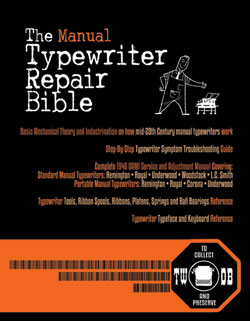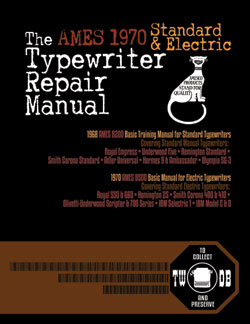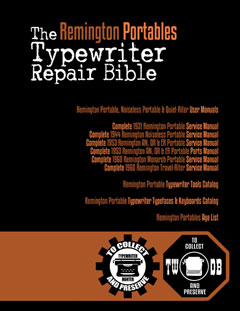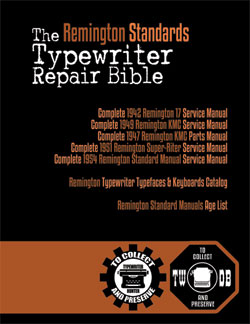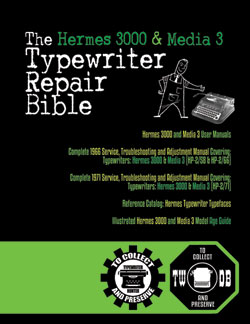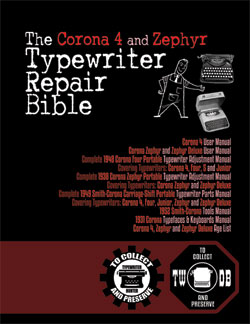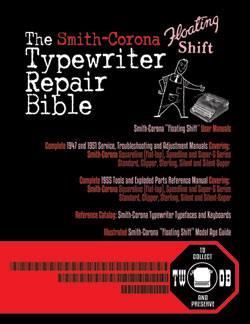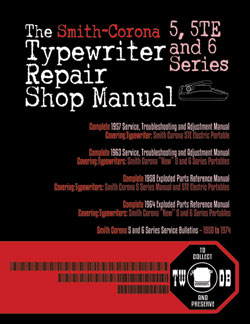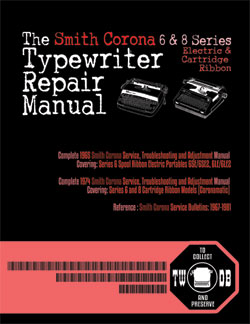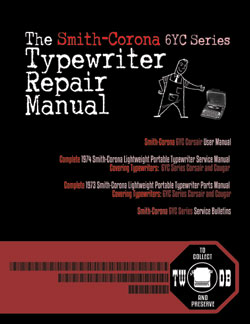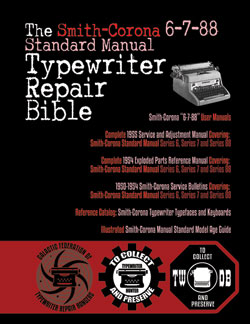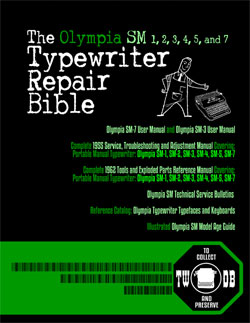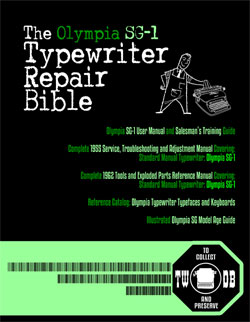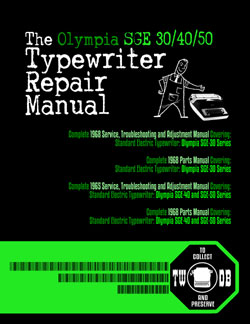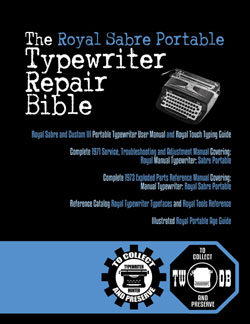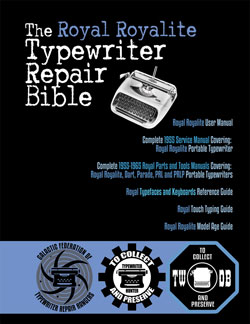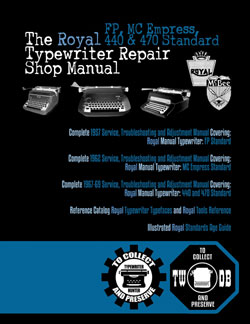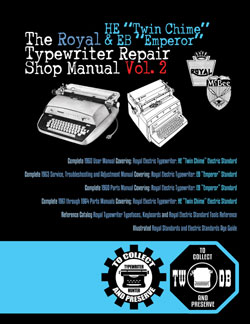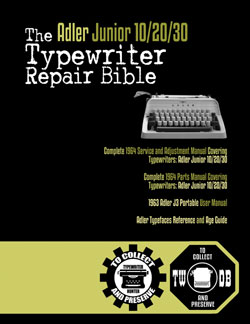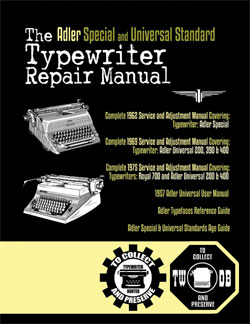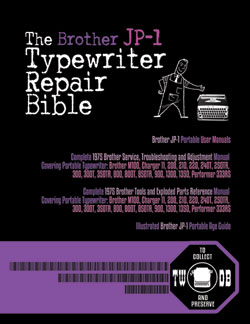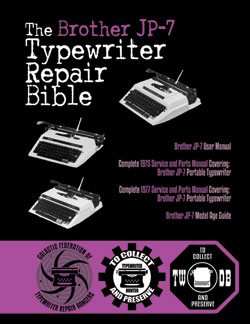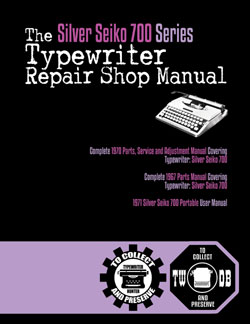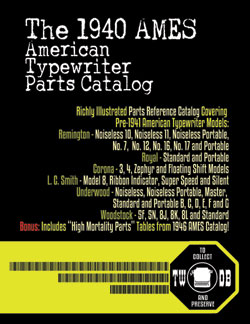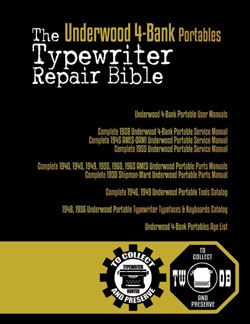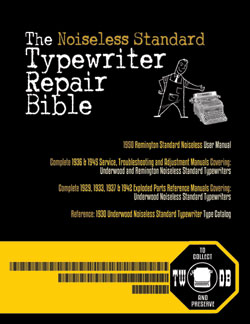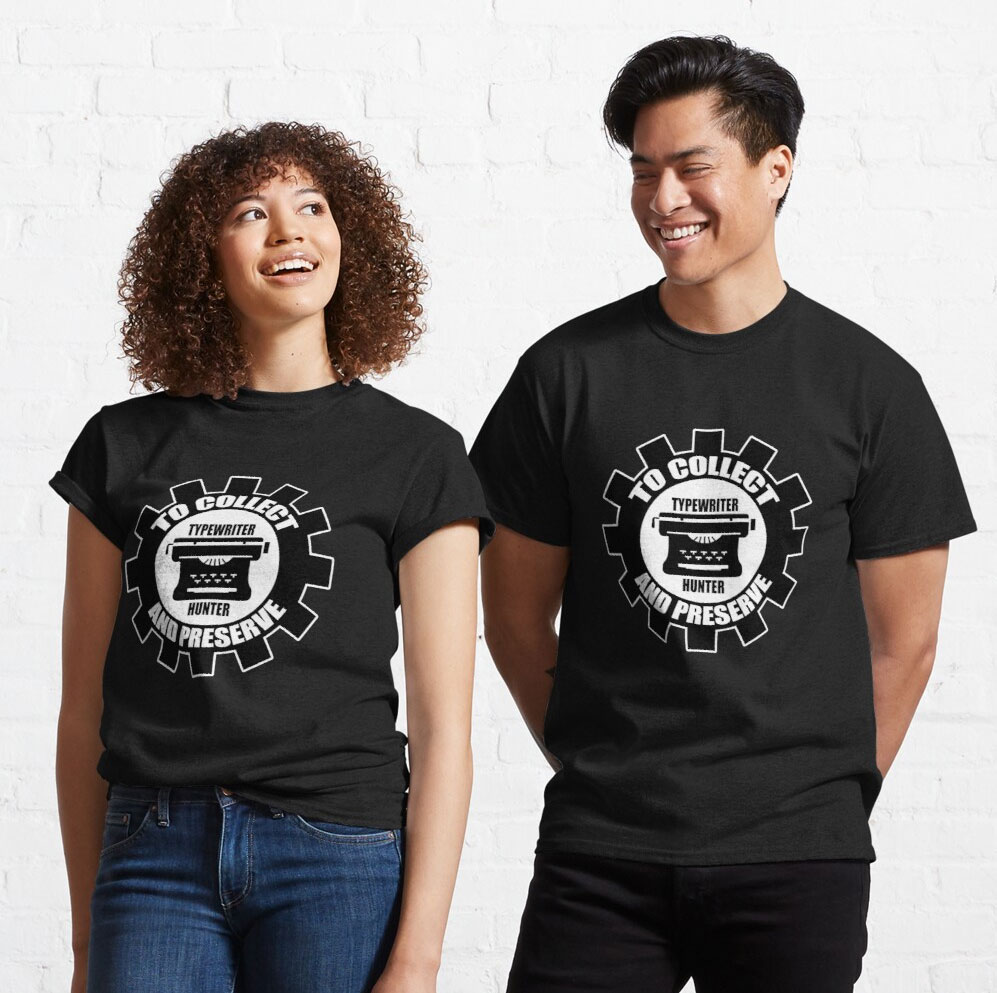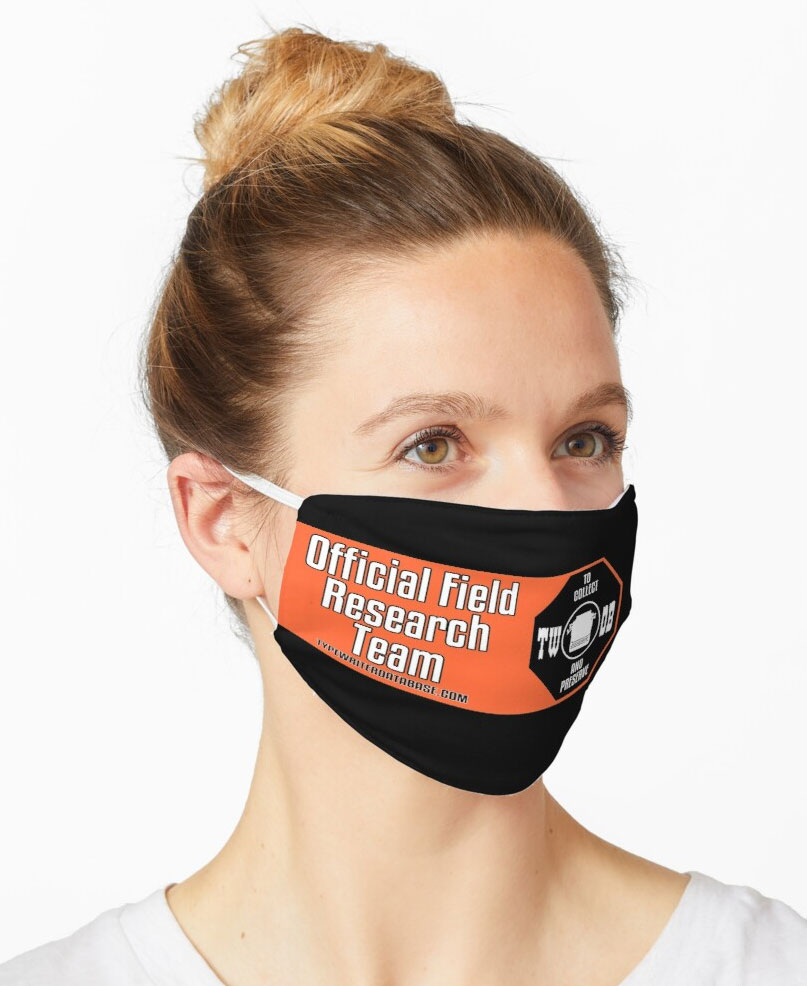1942 Underwood Code Machine #S5547023-11
Status: My Collection
Hunter: Brian Hagermann (bhagermann)
Created: 11-22-2024 at 06:14PM
Last Edit: 05-23-2025 at 12:06PM
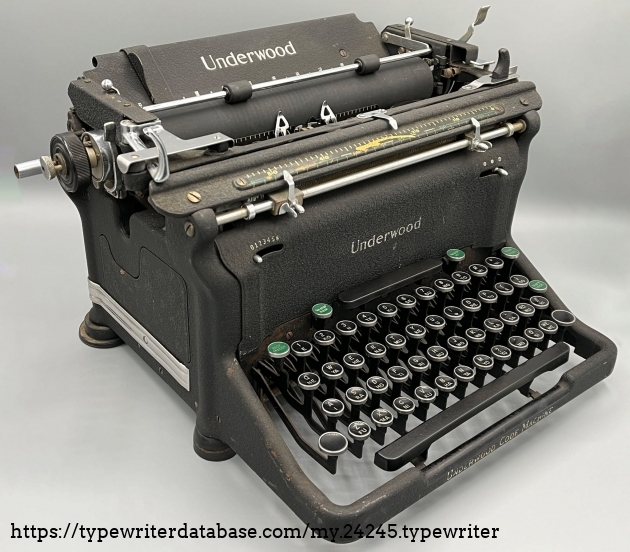
Description:
This is an RIP-5 “Underwood Code Machine”. It is both a typewriter and a cryptologic tool, meant to speed the transcribing of intercepted Japanese morse code messages. Developed by OP-20-G or the "Office of Chief Of Naval Operations (OPNAV), 20th Division of the Office of Naval Communications, G Section / Communications Security” in the mid-1920s. RIP-5 stands for Radio Intelligence Publication 5, a document which contained “correspondence dealing with the Underwood code machine 5 (Underwood Typewriter with Japanese Kana Characters).”
The earliest iterations of this typewriter first saw service in the late 1920s and featured Katakana characters instead of the “Romaji” on this early 1942 example, which at its core is an Underwood S typewriter writing at 6 characters-per-inch. The Katakana/Romaji are typed in the unshifted position.
It is in the condition I found it, after a light dusting. It is fully functional and types well. I'm undecided if it should be preserved as-is or restored to some degree. Prior to finding a home in my display case, it languished in the basement of an antique shop-turned-hoarding nightmare for a few decades until it was purchased by the previous owner in 2023 at said hoarder's estate sale in southern Baltimore City.
Some history on the early RIP-5 machines, from the July 1984 issue of “Cryptologia: A Quarterly Journal Devoted to All Aspects of Cryptology”:
“Prior to 1925 Navy Intercept Operators copied Japanese radio messages by hand. In the early 1920s only one Radioman could reproduce the Kana characters manually and only one other could read them. An important step in establishing an Intercept Service was taken in 1924 when Lieutenant Laurance F. Safford, the first naval officer to fill a Cryptologic billet, in consultation with the Underwood Typewriter Company, drew up design specifications for a "special code machine." These were furnished to Underwood and, on 10 December 1924, four machines were ordered at cost of $161.25 each.
Known in its early life as the Underwood Code Machine, the RIP-5 was the regular typewriter normally furnished for radio circuit operators but with type faces which printed "Kana" characters (in Japanese brush=-stroke form) instead of Roman letters, The Lower Case typed the Kana ideograph character while the Upper Case typed two additional characters, Japanese Accent marks, English capital letters, arabic numerals and English punctuation marks. The 1924 model carried 46 Japanese-English keys with characters similar to those shown in the photograph. The Roman character equated to the Kana digraph seen on the key with it. Together with the Electric Coding Machine (ECM) and the IBM Sorting equipment, the RIP-5 was one of the three most important ancillary equipments in the field of Cryptologic Operations.
One of the first four RIP-5s was sent to the USS HURON, Flagship of the Chief, Asiatic Fleet; numbers two and three were sent to the only Navy Shore Intercept Station existing in 1924 -= Shanghai, China. The fourth was held by the Code and Signal Section In Washington for training.”
You can find the 1943 Intercept Instructions in PDF format in the RIP-5 section at the bottom of this website:
https://www.navy-radio.com/morse-mill.htm
For my type sample, I used those Intercept Instructions to “transcribe” “Higashi no kaze ame”, the infamous December 4, 1941 message intercepted by OP-20-G and transcribed on an RIP-5.
More on that here: https://en.wikipedia.org/wiki/Winds_Code
By my count, there are about 9 or 10 RIP-5 machines known to exist, this includes an Underwood Champion portable and a few others based on other Underwood models like the 6 and Master. Most are in museum collections. I can only find a record of one sale, on eBay in 2018--for a very tidy sum.
Typeface Specimen:
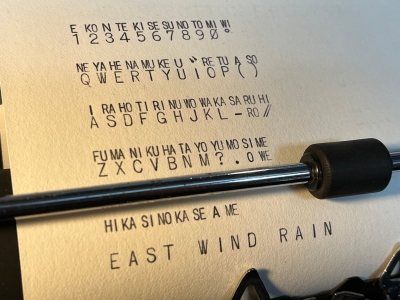
Photos:
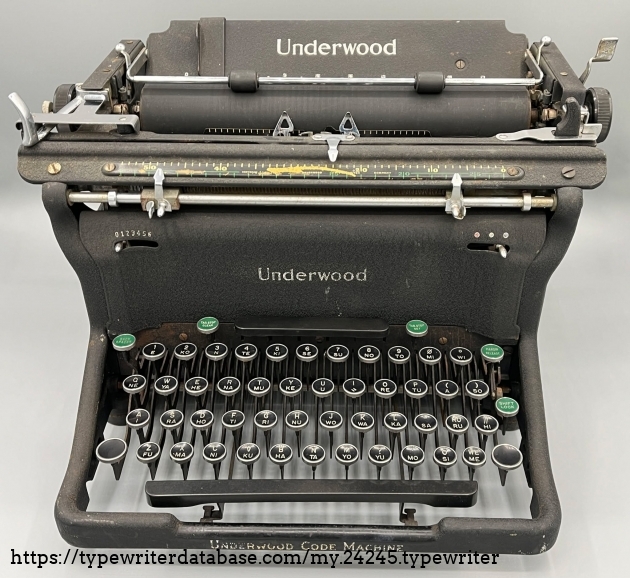
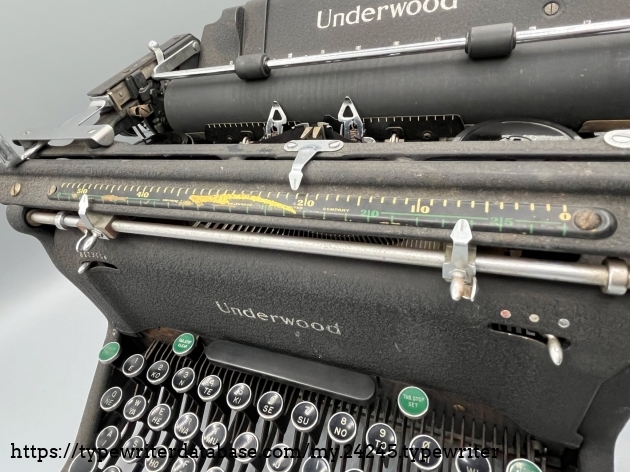
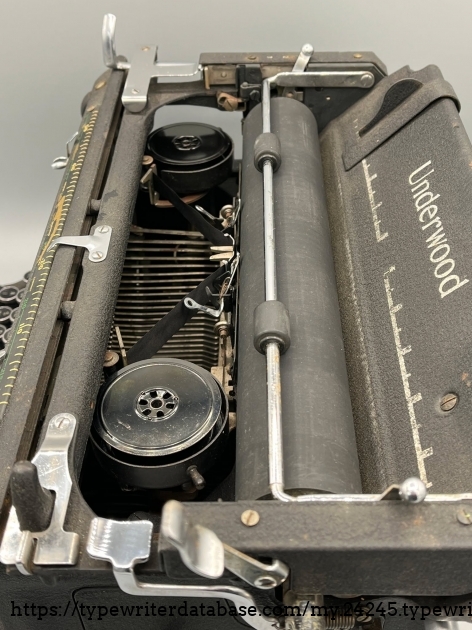
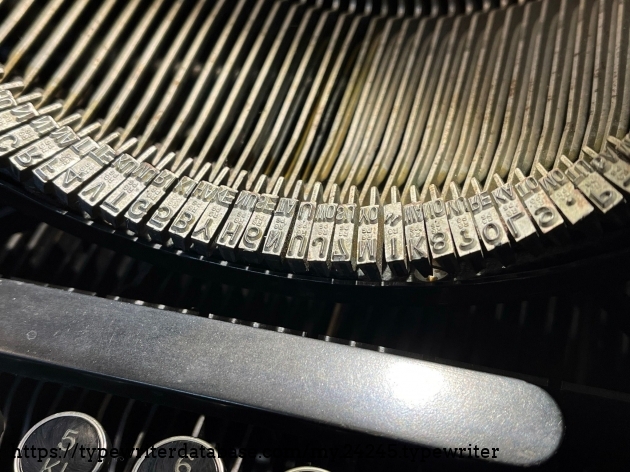
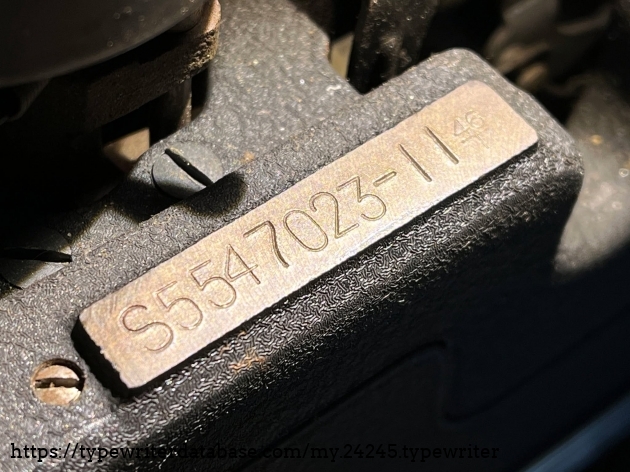
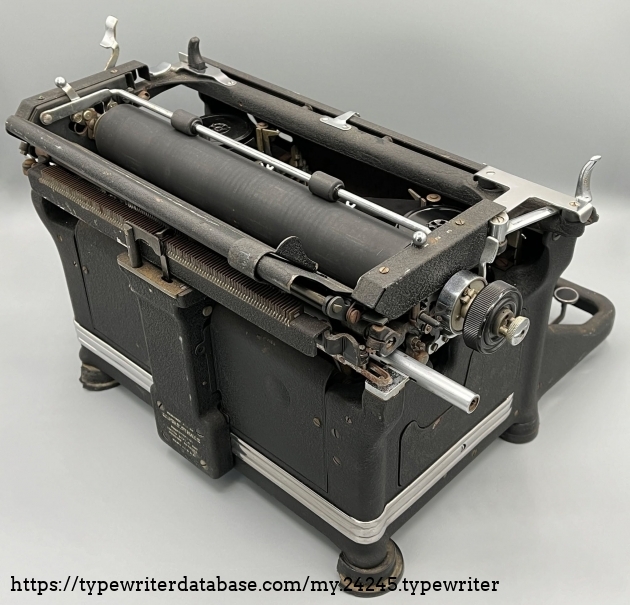
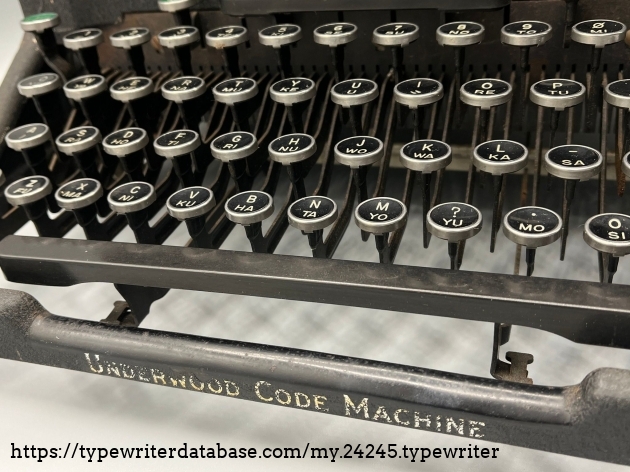
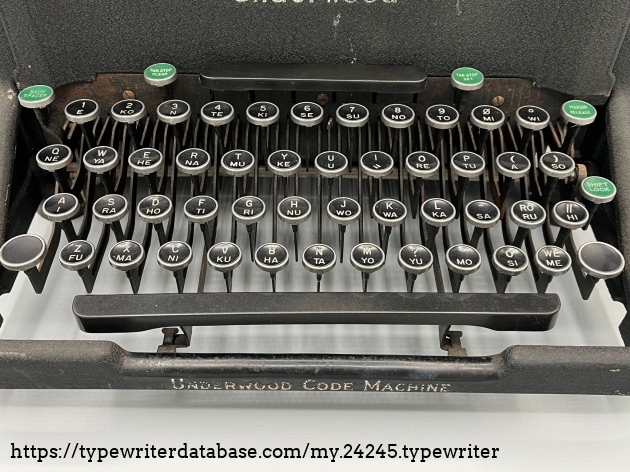
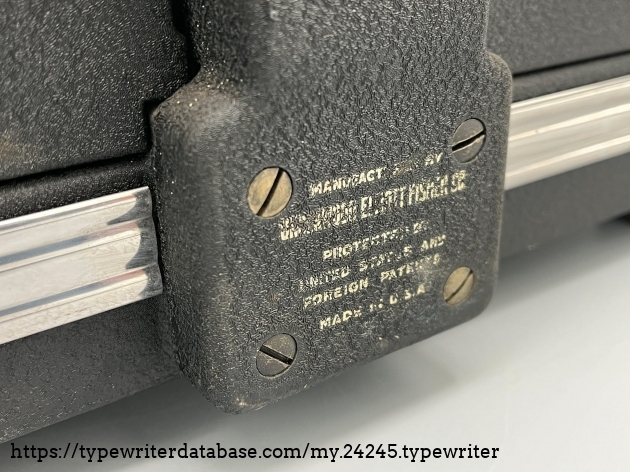
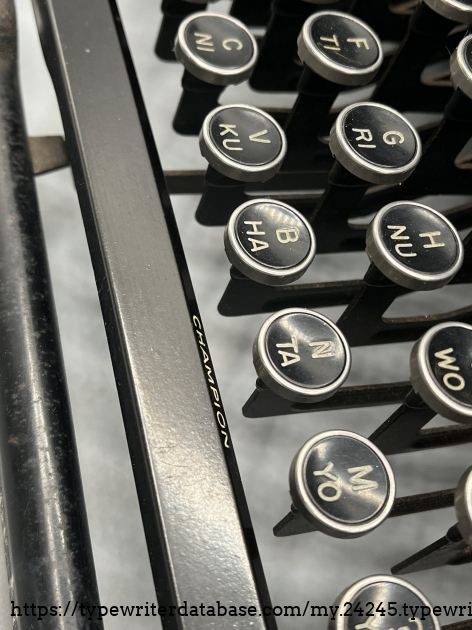
Hunter: Brian Hagermann (bhagermann)
Brian Hagermann's Typewriter Galleries [ My Collection ] [ My Sightings ]
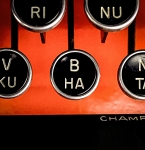
Status: Typewriter Hunter
Points: 219
In 2004, I found a 1949 Smith-Corona Clipper in a dumpster and I thought it was neat. I still think they're neat.
RESEARCH NOTE: When researching the Underwood Code Machine on a computer with lots of screen real estate, you may find that launching the Underwood Serial Number page and the Underwood Code Machine By Model/Year/Serial page in new browser windows can give you interesting perspectives on changes throughout the model series.
